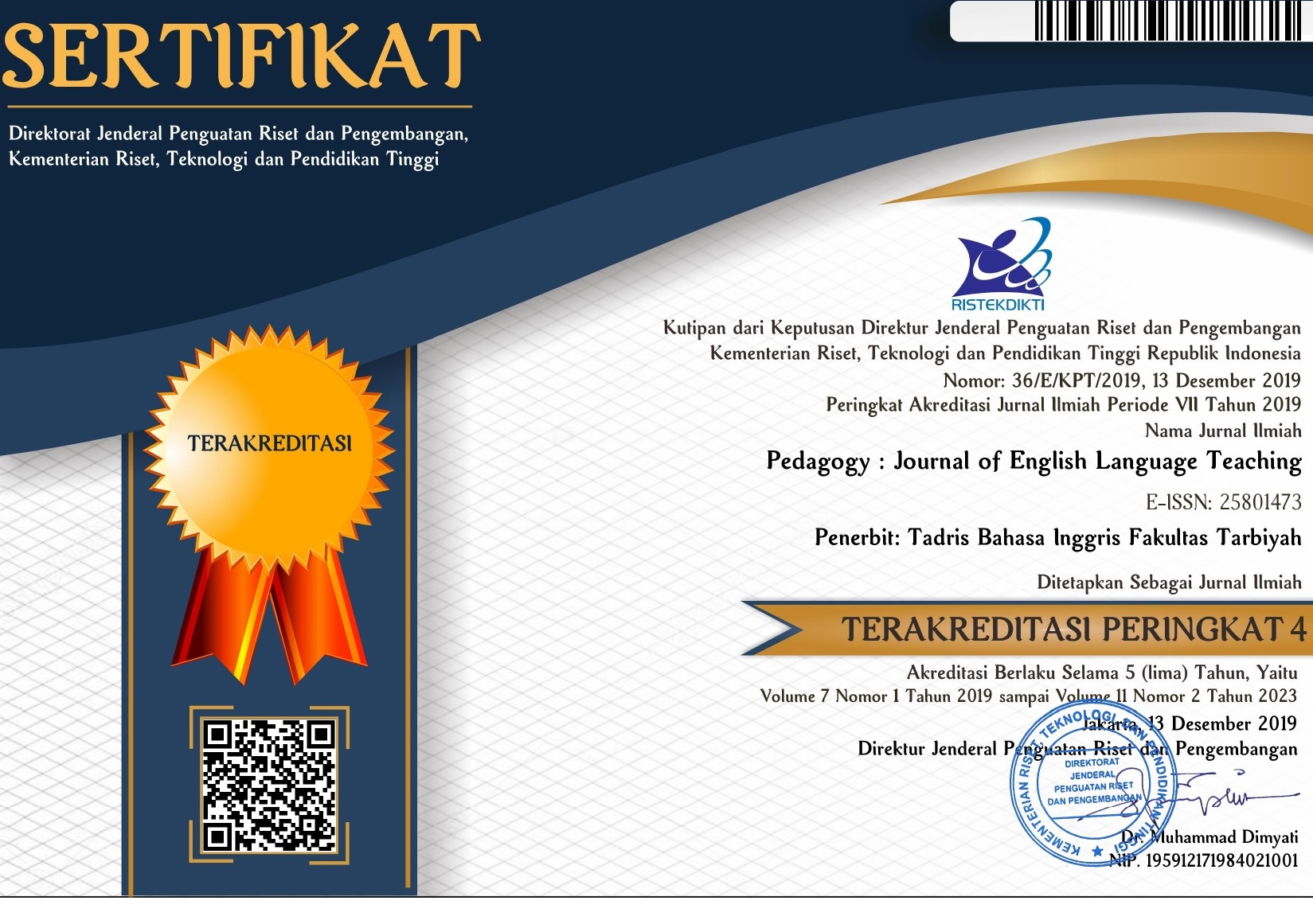The Effectiveness of Machine Translation Using “Google Translate” in English Language Learning in Bangladesh
DOI:
https://doi.org/10.32332/joelt.v11i1.6355Keywords:
Bangladesh, English language learning, google translate, machine translate, translationAbstract
The study aims to discover the perceptions of tertiary-level students regarding the effectiveness of machine translators in English language learning. As a result, the study examines students’ development of English language skills after using Google Translate, which is a well-known and widely used machine translator. In this study, a mixed-method convergent design was employed. The participants of this study were 55 students enrolled in the B.A. (Hons.) in English program at Daffodil International University, Dhaka, Bangladesh. The result of the study shows that the participants use Google Translate to translate texts from English to Bengali or Bengali to English to better understand academic and non-academic English texts or books. The study has found that Google Translate is an effective tool for learning new word meanings, the meaning of complex sentences, new structures of sentences, the spelling of words, and the pronunciation of the English language. Furthermore, the research suggests that the implication of machine translators like Google Translate in English language learning can contribute to the improvement of students' language skills at the tertiary level.
















